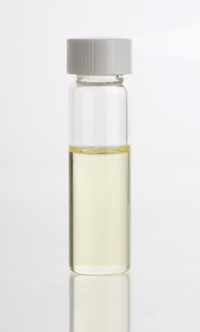
Photo from wikipedia
Boron (B) toxicity is a notable abiotic hindrance that restricts crop productivity by disturbing several physiological and biochemical processes in plants. This study was aimed to elucidate the role of… Click to show full abstract
Boron (B) toxicity is a notable abiotic hindrance that restricts crop productivity by disturbing several physiological and biochemical processes in plants. This study was aimed to elucidate the role of salicylic acid (SA) in conferring tolerance to B stress in Mentha arvensis and Cymbopogon flexuosus. Boron toxicity led to a considerable decrease in shoot height and root length, fresh and dry mass of shoot and root, and physiological and biochemical parameters. However, exogenously applied SA relieved the adverse effects caused by B toxicity and led to an increase in growth parameters under B stress and non-stress conditions. The treatment of B resulted in its increased accumulation in roots and shoots of both the plants which, in turn, caused oxidative damage as evident by increased content of malondialdehyde and catalase, peroxidase, superoxide dismutase and glutathione reductase enzyme activities. However, exogenous SA supply significantly affected antioxidant enzyme activities and protected the plants from excess B. Moreover, the essential oil content of two selected plants declined under B toxicity and significantly enhanced in SA-treated stressed plants. The contents of menthol and menthyl acetate in M. arvensis were lowered in B stressed plants which significantly improved in SA treated B-stressed and in their respective SA alone treatment. Similarly, citral-A and citral-B content of C. flexuosus declined under B toxicity, however, SA reversed the negative effects of B toxicity on essential oil components. This assessment stipulated the promising role of exogenously applied SA in alleviating B toxicity in M. arvensis and C. flexuosus by improving antioxidant machinery and limiting B uptake which protects the structural integrity of leaves and also helps in increasing essential oil content.
Journal Title: Chemosphere
Year Published: 2021
Link to full text (if available)
Share on Social Media: Sign Up to like & get
recommendations!